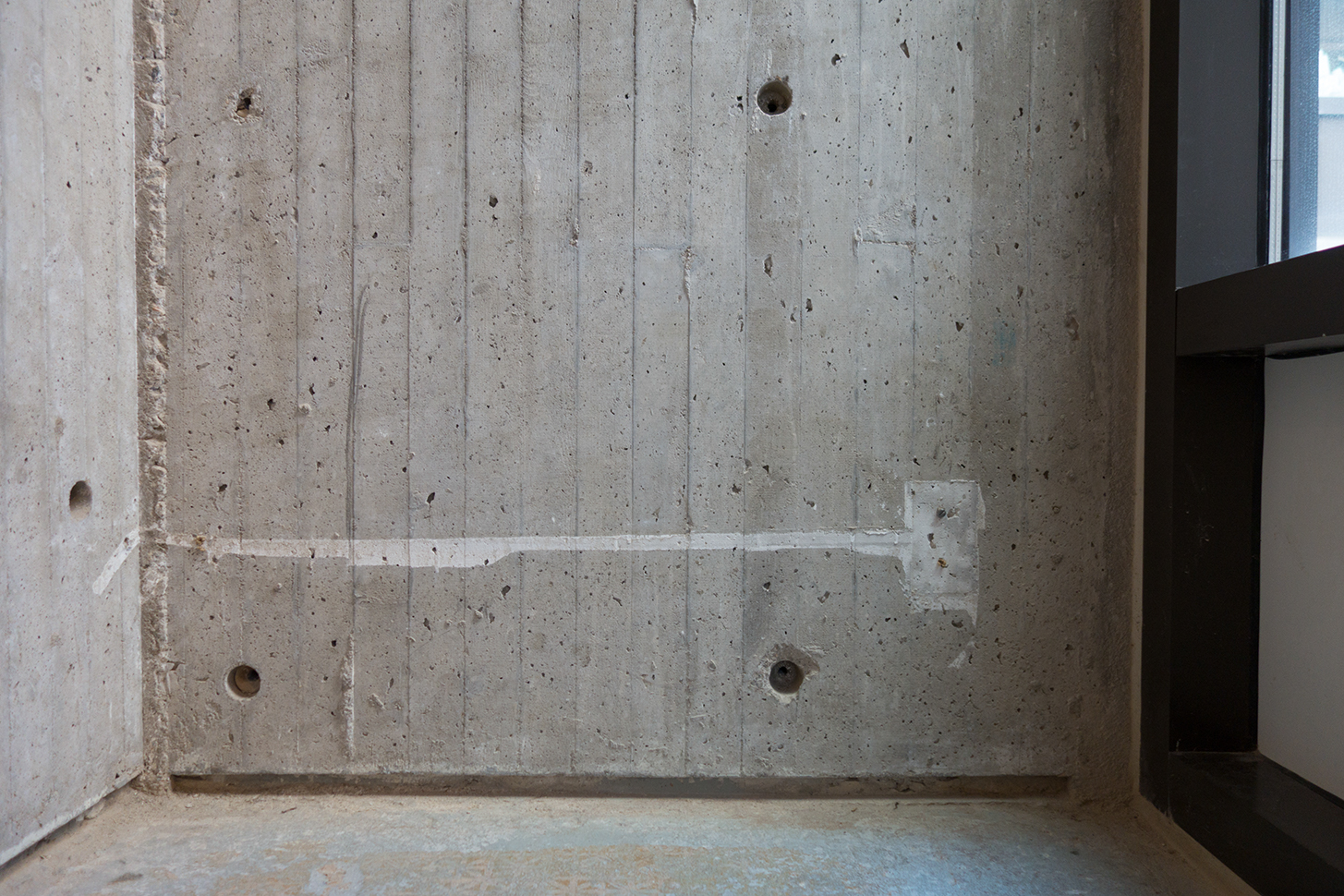It seems only appropriate to begin with the gratitude: I owe a continuing thanks to the UC Berkeley Branner Fellowship decision committee for selecting my proposal and granting me this truly once in a lifetime opportunity. The past six months have been extraordinarily enriching, rewarding and enabled me to visit cities and meet professionals and scholars I never dreamed possible. And so I also owe a significant thanks to the many architects, historians, building managers and city locals who have generously shared their time and insight with me.
I’ve continually been surprised on the road – perhaps most of all by the state of these buildings. It’s hard to say exactly what I expected to find; but I think there were some romantic notions of vacant concrete giants littering the globe. I have certainly found an abundance of concrete giants, however they have rarely been empty. And in most cases, they are still occupied by their original tenants. Yet even as many of these buildings remain unchanged in use, they are hardly static or frozen in time.Most have construction projects of some scale underway at any given time. To name a few in London alone, there was scaffold at the Trellick Tower entry, extensive re-hauling of the heating system at Alexandra Road Estates, expansion at the National Theatre and plaza repaving at the Barbican. These are dynamic buildings, still subject to change; and if it’s not remedial maintenance work, then it’s looming destruction.
A NOTE ABOUT THE PHOTOGRAPHS
So much of the literature and documentation of these buildings (and there are numerous popular blogs devoted to Brutalist buildings) is either frozen in the time of their completion or, if more modern, an abstract depiction of their geometric patterning. What these accounts exclude is the state of the buildings today: in most cases still inhabited by their original tenants, often a little worse for the wear, and with a myriad of provisional alterations. But in these everyday, banal tweaks one can find valuable clues to the evolution of these buildings as they’ve aged and transformed with (by) their inhabitants. Through color photographic essays, I’ve been attempting to document the nature of these changes in an effort to gain insight into how these buildings have grown and shifted with their owners. By recording this new layer of inhabitation–what has been added, what has leaked, what has failed–I hope to better understand how we might successfully engage these buildings today.
Download a PDF of the full report here:
Postwar Concrete Postscript – 2014 Branner MidYear Report

